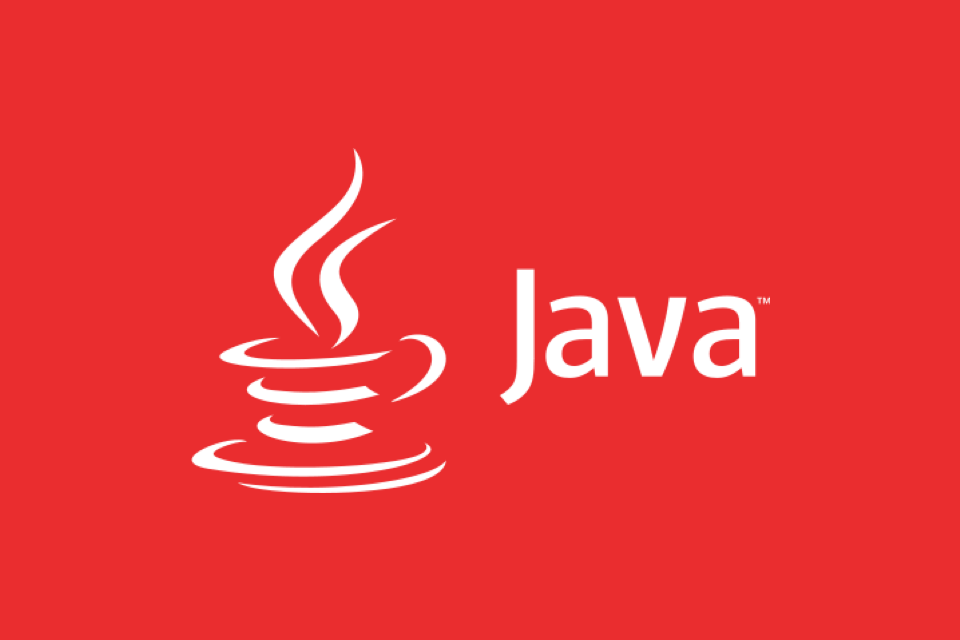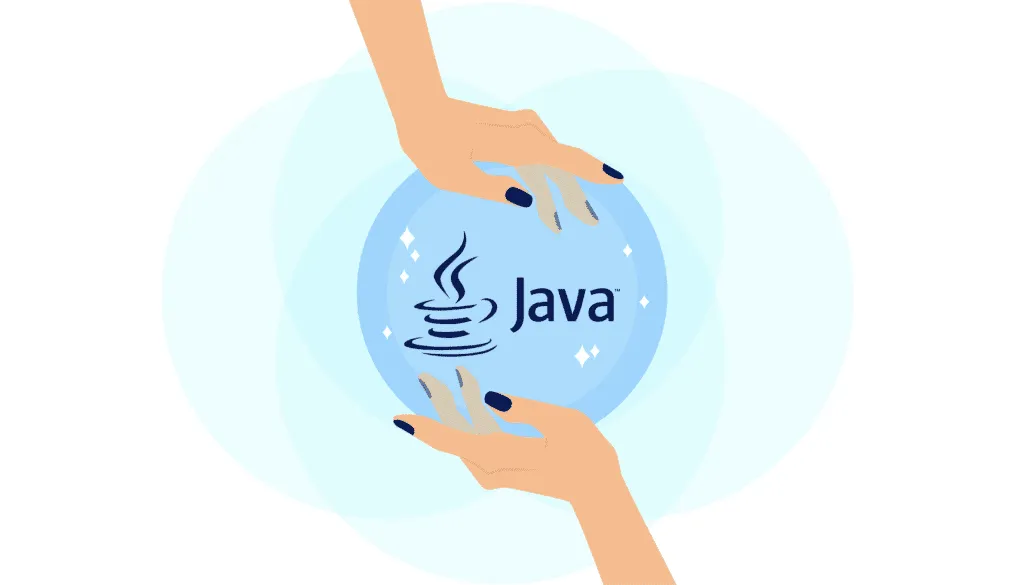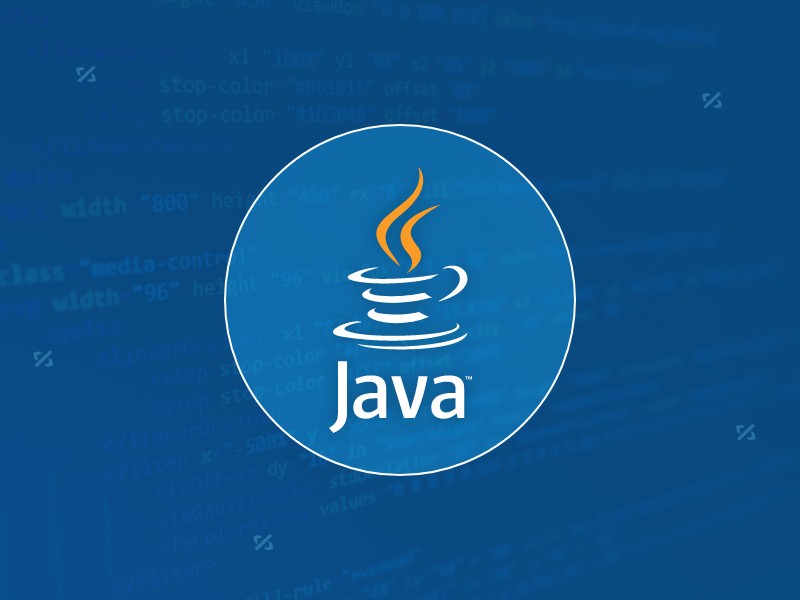The key to working with file and I/O streams in Java is to understand the basic concepts of streams and choose the right class library. 1. When reading text files, small files can be loaded quickly with Files.readAllLines(). It is recommended to use BufferedReader to read line by line to reduce memory usage. Pay attention to using try-with-resources to close streams and Paths.get() to build cross-platform paths. 2. It is recommended to use BufferedWriter to improve efficiency when writing files. Passing true when constructing FileWriter can achieve content addition. 3. You can use the Files.copy() and Files.move() methods to copy or move files, paying attention to the impact of non-atomic operations and cross-partition movement. 4. When processing binary data, you should use byte streams such as FileInputStream and FileOutputStream, and copying and other operations should be completed through buffer loop reading and writing. The buffer size can be adjusted according to requirements. Mastering the difference between character streams and byte streams, inputs and outputs will help to clearly respond to various I/O needs.

It is not actually mysterious to handle files and I/O streams in Java. As long as you understand the basic concepts of streams and the differences between input and output, most common file operations can be done more easily. Java provides a rich class library to support these operations, such as File , InputStream , OutputStream , Reader , Writer , etc.

Below are some common scenarios and practical suggestions to help you better understand file and I/O streaming operations in Java.

Read text file content
If you just want to quickly read the contents of a text file, using BufferedReader or Files.readAllLines() is the most straightforward way.
List<String> lines = Files.readAllLines(Paths.get("example.txt"));This method is suitable for situations where the document is not particularly large. If the file is large, it is recommended to read it line by line to avoid excessive memory usage:

- Read by line using
BufferedReader - Post-processing for each read one line, such as parsing or writing to other files
- Finally remember to close the stream (you can use try-with-resources)
Note: Path issues are prone to errors, especially under different operating systems. It is recommended to use Paths.get() to build cross-platform compatible paths.
Write data to file
When writing files, FileWriter and BufferedWriter are commonly used, which belong to character streams and are suitable for writing text content.
A simple example:
try (BufferedWriter writer = new BufferedWriter(new FileWriter("output.txt"))) {
writer.write("This is what to write");
}A few suggestions:
- Use try-with-resources to automatically close resources
- If you write frequently, use
BufferedWriterto be more efficient - If you want to append content instead of overwriting, pass in
trueparameter when constructingFileWriter
Binary data should use a byte stream, such as FileOutputStream , which will be mentioned later.
Copy or move files
The easiest way to copy files is to use Files.copy() method:
Files.copy(sourcePath, targetPath);
If you want to replace the existing target file, you can add options:
Files.copy(sourcePath, targetPath, StandardCopyOption.REPLACE_EXISTING);
Moving files is similar, except that the method name is changed move() . What should be noted is:
- Move operations may not be atomic, depending on the file system
- If you cross disk partition, you actually copy first and then delete the original file
- File permissions may be lost, especially on Unix/Linux systems
Processing non-text data using byte stream
When you process non-text data such as pictures, audio, video, etc., you should use byte streams, such as FileInputStream and FileOutputStream .
A common way to copy binary files is as follows:
try (InputStream in = new FileInputStream("source.bin");
OutputStream out = new FileOutputStream("dest.bin")) {
byte[] buffer = new byte[1024];
int length;
while ((length = in.read(buffer)) > 0) {
out.write(buffer, 0, length);
}
}This mode is suitable for any binary file operation. Note that the buffer size can be adjusted according to actual conditions, such as using 8KB or 32KB to improve efficiency.
Basically that's it. Although there are many types of I/O classes in Java, as long as you distinguish between character streams and byte streams, inputs and outputs, and select the appropriate class based on specific needs, it is still very clear to operate.
The above is the detailed content of Working with Files and I/O Streams in Java. For more information, please follow other related articles on the PHP Chinese website!

Hot AI Tools

Undress AI Tool
Undress images for free

Undresser.AI Undress
AI-powered app for creating realistic nude photos

AI Clothes Remover
Online AI tool for removing clothes from photos.

Clothoff.io
AI clothes remover

Video Face Swap
Swap faces in any video effortlessly with our completely free AI face swap tool!

Hot Article

Hot Tools

Notepad++7.3.1
Easy-to-use and free code editor

SublimeText3 Chinese version
Chinese version, very easy to use

Zend Studio 13.0.1
Powerful PHP integrated development environment

Dreamweaver CS6
Visual web development tools

SublimeText3 Mac version
God-level code editing software (SublimeText3)
 How to handle transactions in Java with JDBC?
Aug 02, 2025 pm 12:29 PM
How to handle transactions in Java with JDBC?
Aug 02, 2025 pm 12:29 PM
To correctly handle JDBC transactions, you must first turn off the automatic commit mode, then perform multiple operations, and finally commit or rollback according to the results; 1. Call conn.setAutoCommit(false) to start the transaction; 2. Execute multiple SQL operations, such as INSERT and UPDATE; 3. Call conn.commit() if all operations are successful, and call conn.rollback() if an exception occurs to ensure data consistency; at the same time, try-with-resources should be used to manage resources, properly handle exceptions and close connections to avoid connection leakage; in addition, it is recommended to use connection pools and set save points to achieve partial rollback, and keep transactions as short as possible to improve performance.
 How to work with Calendar in Java?
Aug 02, 2025 am 02:38 AM
How to work with Calendar in Java?
Aug 02, 2025 am 02:38 AM
Use classes in the java.time package to replace the old Date and Calendar classes; 2. Get the current date and time through LocalDate, LocalDateTime and LocalTime; 3. Create a specific date and time using the of() method; 4. Use the plus/minus method to immutably increase and decrease the time; 5. Use ZonedDateTime and ZoneId to process the time zone; 6. Format and parse date strings through DateTimeFormatter; 7. Use Instant to be compatible with the old date types when necessary; date processing in modern Java should give priority to using java.timeAPI, which provides clear, immutable and linear
 Comparing Java Frameworks: Spring Boot vs Quarkus vs Micronaut
Aug 04, 2025 pm 12:48 PM
Comparing Java Frameworks: Spring Boot vs Quarkus vs Micronaut
Aug 04, 2025 pm 12:48 PM
Pre-formanceTartuptimeMoryusage, Quarkusandmicronautleadduetocompile-Timeprocessingandgraalvsupport, Withquarkusoftenperforminglightbetterine ServerLess scenarios.2.Thyvelopecosyste,
 Understanding Network Ports and Firewalls
Aug 01, 2025 am 06:40 AM
Understanding Network Ports and Firewalls
Aug 01, 2025 am 06:40 AM
Networkportsandfirewallsworktogethertoenablecommunicationwhileensuringsecurity.1.Networkportsarevirtualendpointsnumbered0–65535,withwell-knownportslike80(HTTP),443(HTTPS),22(SSH),and25(SMTP)identifyingspecificservices.2.PortsoperateoverTCP(reliable,c
 How does garbage collection work in Java?
Aug 02, 2025 pm 01:55 PM
How does garbage collection work in Java?
Aug 02, 2025 pm 01:55 PM
Java's garbage collection (GC) is a mechanism that automatically manages memory, which reduces the risk of memory leakage by reclaiming unreachable objects. 1.GC judges the accessibility of the object from the root object (such as stack variables, active threads, static fields, etc.), and unreachable objects are marked as garbage. 2. Based on the mark-clearing algorithm, mark all reachable objects and clear unmarked objects. 3. Adopt a generational collection strategy: the new generation (Eden, S0, S1) frequently executes MinorGC; the elderly performs less but takes longer to perform MajorGC; Metaspace stores class metadata. 4. JVM provides a variety of GC devices: SerialGC is suitable for small applications; ParallelGC improves throughput; CMS reduces
 Using HTML `input` Types for User Data
Aug 03, 2025 am 11:07 AM
Using HTML `input` Types for User Data
Aug 03, 2025 am 11:07 AM
Choosing the right HTMLinput type can improve data accuracy, enhance user experience, and improve usability. 1. Select the corresponding input types according to the data type, such as text, email, tel, number and date, which can automatically checksum and adapt to the keyboard; 2. Use HTML5 to add new types such as url, color, range and search, which can provide a more intuitive interaction method; 3. Use placeholder and required attributes to improve the efficiency and accuracy of form filling, but it should be noted that placeholder cannot replace label.
 Comparing Java Build Tools: Maven vs. Gradle
Aug 03, 2025 pm 01:36 PM
Comparing Java Build Tools: Maven vs. Gradle
Aug 03, 2025 pm 01:36 PM
Gradleisthebetterchoiceformostnewprojectsduetoitssuperiorflexibility,performance,andmoderntoolingsupport.1.Gradle’sGroovy/KotlinDSLismoreconciseandexpressivethanMaven’sverboseXML.2.GradleoutperformsMaveninbuildspeedwithincrementalcompilation,buildcac
 go by example defer statement explained
Aug 02, 2025 am 06:26 AM
go by example defer statement explained
Aug 02, 2025 am 06:26 AM
defer is used to perform specified operations before the function returns, such as cleaning resources; parameters are evaluated immediately when defer, and the functions are executed in the order of last-in-first-out (LIFO); 1. Multiple defers are executed in reverse order of declarations; 2. Commonly used for secure cleaning such as file closing; 3. The named return value can be modified; 4. It will be executed even if panic occurs, suitable for recovery; 5. Avoid abuse of defer in loops to prevent resource leakage; correct use can improve code security and readability.






